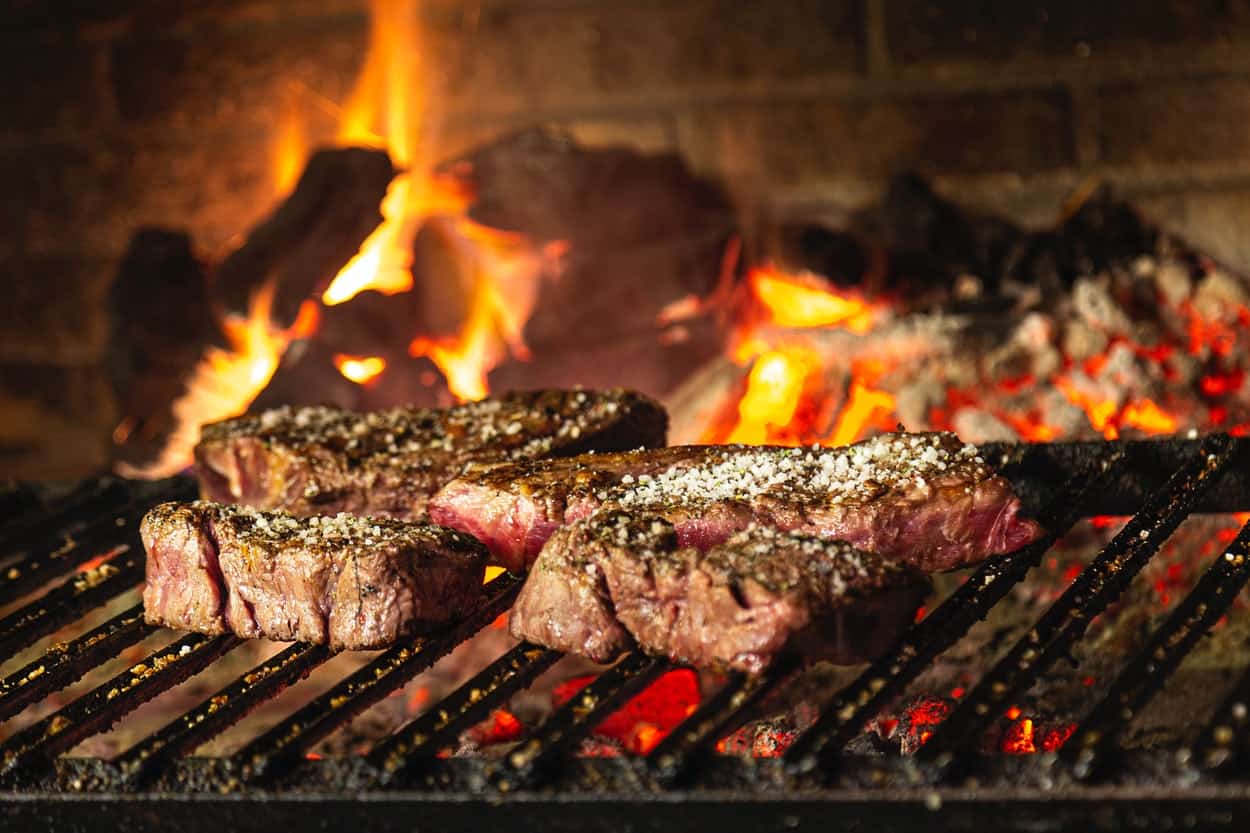
Meat Temps and Doneness: A Beginners’ Guide to Low and Slow Cooking
Cooking tasty meat at home is not hard if you know the tricks. First, choose BBQ as your best cooking method. Barbecuing allows the meat to cook low and slow while retaining its nutrients. The next essential thing is to learn the internal cooking temperatures of different types of meat. You can use this knowledge to cook meat to varying degrees of doneness. People have varying preferences regarding meat taste and texture. Some want their meat almost raw or moderately cooked. Others like kids and seniors want fully-cooked meat. When you cook meat to the specified level of cooking, you attain doneness. To reach the preferred degree of doneness, always check the internal cooking temps of meat as it cooks. We will discuss the correct levels of temperatures and doneness for BBQ meat.
Table of Contents
Explaining USDA’s Levels of Doneness
Each level of doneness has a name. There are five levels that we will describe below.
- Rare – The correct internal cooking temperature to ensure when preparing rare steak is 120 to 130 degrees F. Rare steak is almost raw and has a bright red center. The outer side looks slightly burned, and the sides are brown.
- Medium Rare – Many chefs cook medium-rare meat often. The correct internal cooking temps for Medium Rare are 130 to 135 degrees F. Browned sides, pink middle with traces of red and warmness through the center indicate yummy Medium Rare steak. It is easy to maintain this temperature range with ChefsTemp Finaltouch X10 instant read meat thermometer. It is easy to use and offers very accurate results.
- Medium – The recommended internal cooking temp for Medium is 140 to 150 degrees F. If the middle has a very light pink color, and the rest of the meat is brown, you have attained this level of doneness.
- Medium Well – The recommended internal temperature range is 155 to 165 degrees F. You should see traces of pink in the middle of the steak and dark brown top and bottom surfaces. Medium Well steak is generally stiff but yummy.
- Well Done – Cooking meat to Well Done doneness is the hardest thing. The meat should have no hints of pink and must not dry. It is a challenge that only professional chefs want to try. However, you can do it at home equally well with our ChefsTemp’s Quad XPro BBQ Alarm Thermometer and grill. With this one, you do not need to stay near the grill to track internal temps of meat. If you go above the recommended internal cooking temp of 170 degrees F, the Quad XPro will transmit a signal to the receiver. After the alarm, you will adjust the grill temperatures.
Be Aware of Carryover Cooking
When cooking perfect meat with low and slow heat, you may not expect it to overcook. The truth is that meat can overcook due to carryover heat. It means that meat continues to cook even after removing it from the grill. Due to the latent heat, it stores when cooking, your meat will still reach the target level of doneness after removing it from the grill.
The thickness of the meat and the internal temperature used will determine the amount of residue heat it has after removing it from the grill. If your cuts of meat are thicker and larger, they will have enough latent heat to cook much longer. According to chefs, the middle of steak may go up five to ten degrees Fahrenheit in about ten to fifteen minutes after removal from the grill.
So, remove thick steaks at 10 degrees F under the target internal cooking temperature. Again, remove thin cuts of meat at 5 degrees F under the target internal cooking temperature. To avoid missing these temperatures, use a digital meat thermometer.
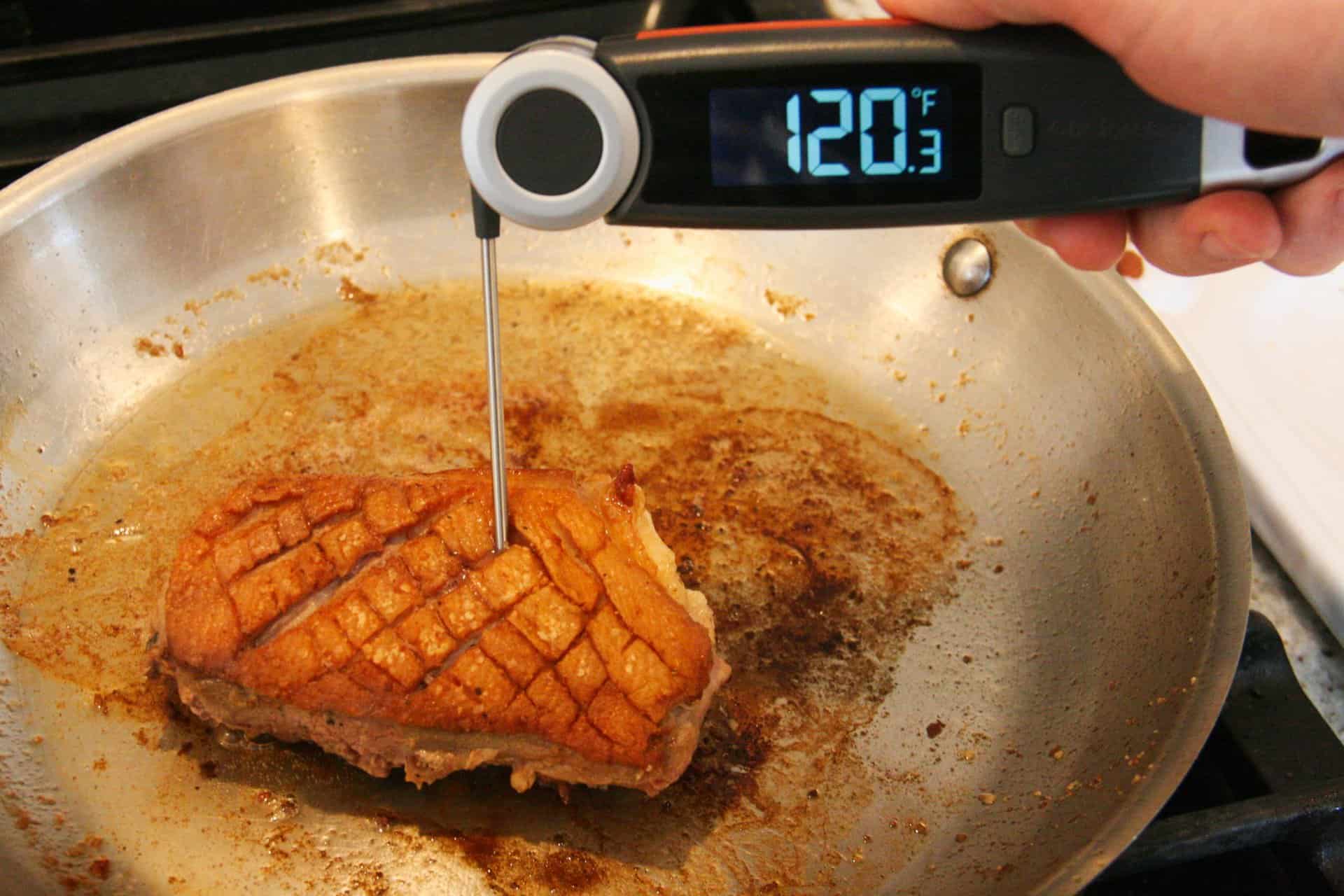
Do Not Serve Soon After Pulling Out
After reaching the target level of doneness, wait to serve meat a few minutes later. If you let cooked meat rest for three to ten minutes, juices will spread all over it. So it will become yummier after cutting. When cooking meat, the muscle fibers in it contract and harden. In the process, they force moisture to flow to the pan.
When you let your meat rest, moisture will spread evenly over the whole cut. Also, when you let the meat rest, it will be safer to eat. When the center of the meat is around 120 degrees F hot, cut the meat. Again, you need an advanced Chefstemp thermometer to take this internal meat temp and the Pocket Pro is a nice pick.
Internal Cooking Temps for Various Kinds of Meat
There are many types of meat you can cook with low and slow heat. Here we will show the correct USDA internal cooking temperatures for whole beef steak, poultry, and lamb. We will also display the levels of doneness:
- Whole beef steak
USDA’s recommended internal cooking temp for a whole beef is 145 degrees F. This entails steak, roast beef, or prime rib. Let it rest 3 minutes before serving. Temps for various levels of doneness are:
- Rare – 125 degrees F
- Medium Rare – 130 degrees F
- Medium – 140 degrees F
- Medium Well – 150 degrees F
- Well Done – 160 degrees F
- Poultry
Here we mean chicken, turkey, or duck meat. The safest level of internal cooking temperature from USDA is 165 degrees F. So, it is necessary to avoid temperature settings above this one no matter the degree of doneness you want.
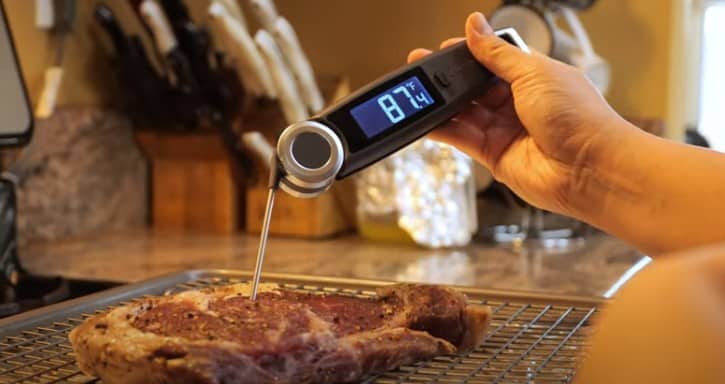
3. Lamb
When cooking lamb roasts, kebabs, or chops, maintain an internal cooking temperature of 145 degrees F.
You can prepare lamb at different doneness levels. These include:
- Rare – 125 degrees F
- Medium-Rare – 130 degrees F
- Medium – 140 degrees F
- Medium Well – 150 degrees F
- Well Done – 160 degrees F
4. Fish
When cooking fish or shellfish, ensure the internal cooking temperature is 145 degrees F. Whether cooking salmon, lobster, crab, or cod, remember not to go beyond the USDA’s recommended temp. This is regardless of the degree of doneness you wish to achieve.
Conclusion
You have learned how to cook meat safely under low and slow heat. Additionally, we have discussed various levels of doneness and perfect internal cooking temperatures to attain them. You can measure the level of doneness with accuracy if you get the best meat thermometer. Choose one of the ones we have recommended in this article, and you will not regret it. Armed with the best probe thermometer and BBQ grill, consider yourself ready to prepare delectable meats and fish.
7 Comments
Comments are closed.
Discover Other ChefsTemp Products
Discover more recipes and learn kitchen tricks by joining our cooking family on Facebook.
You may also like:
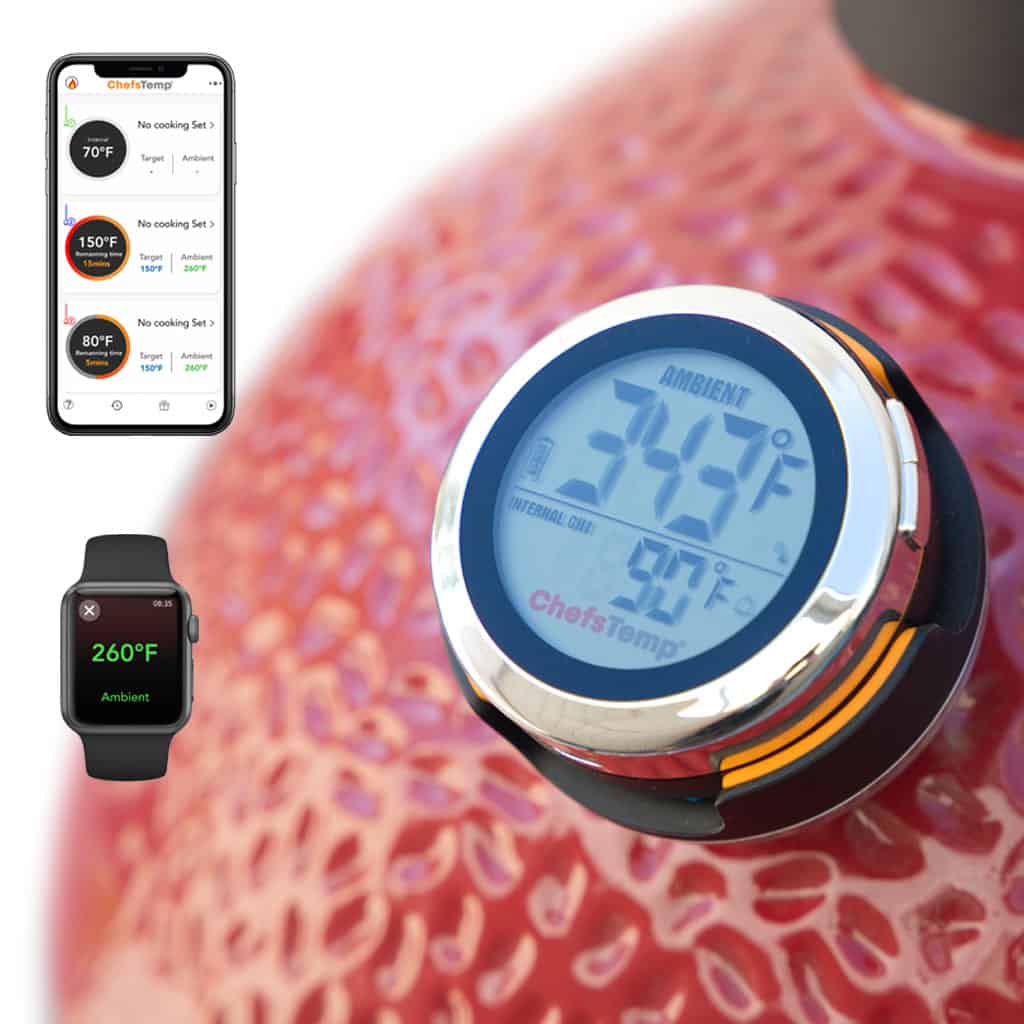
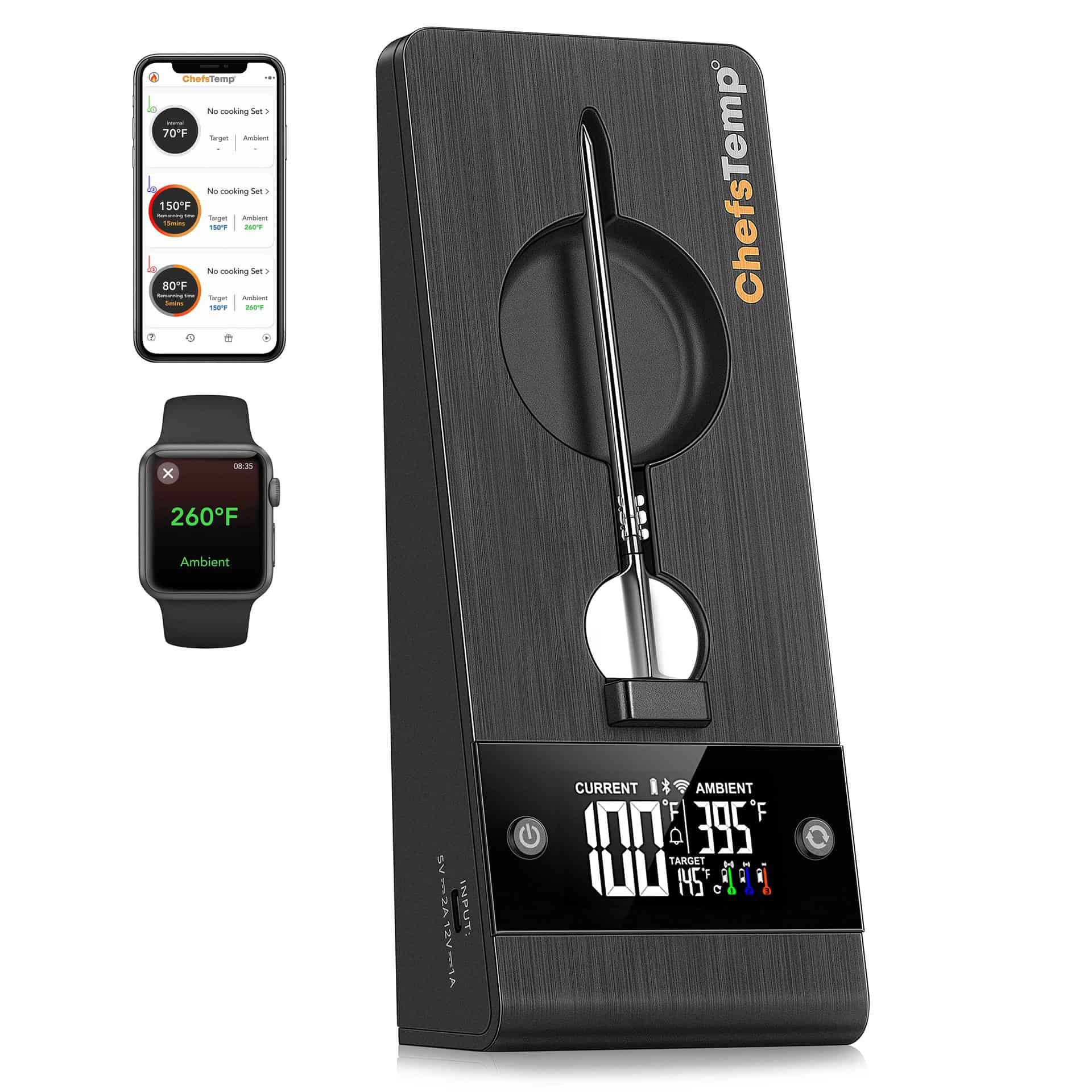
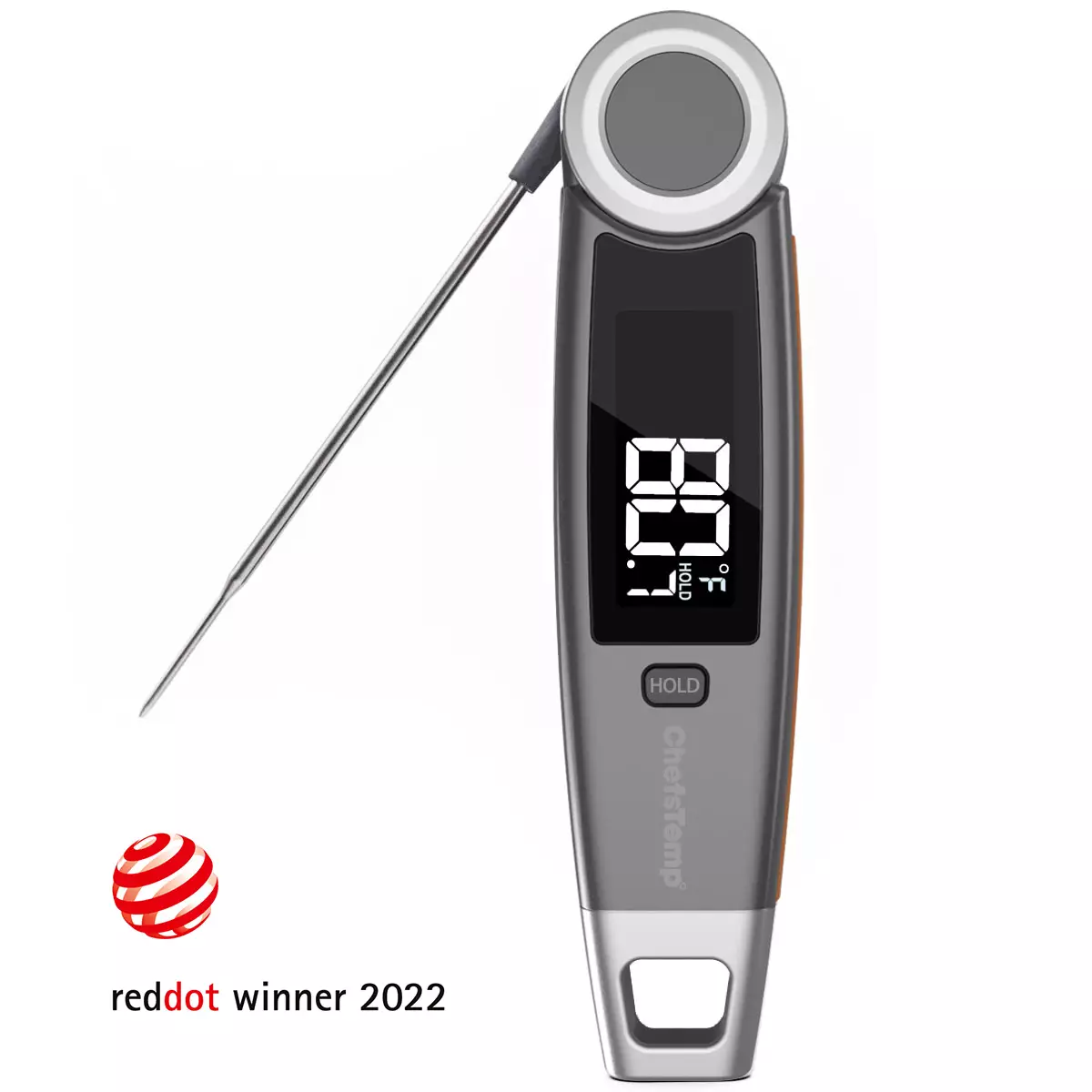
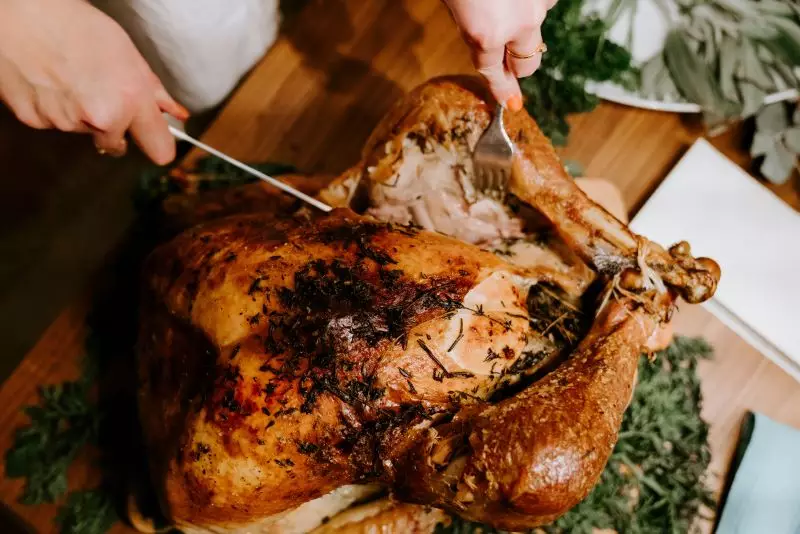
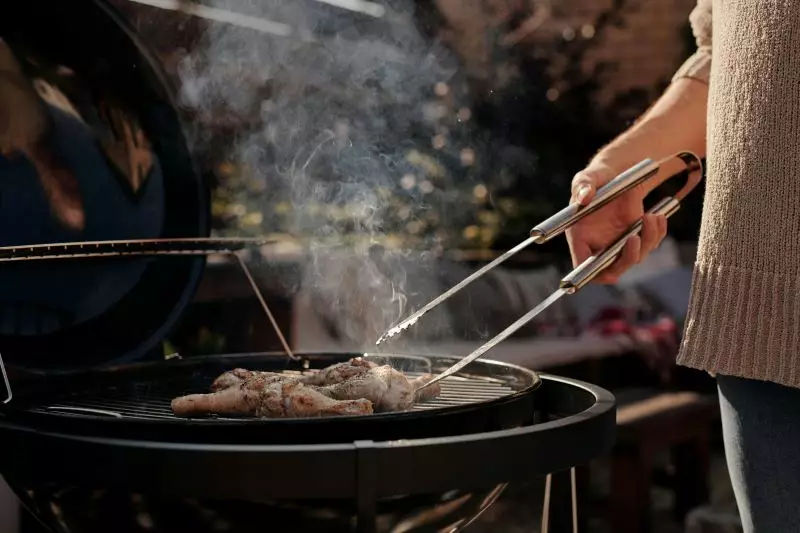
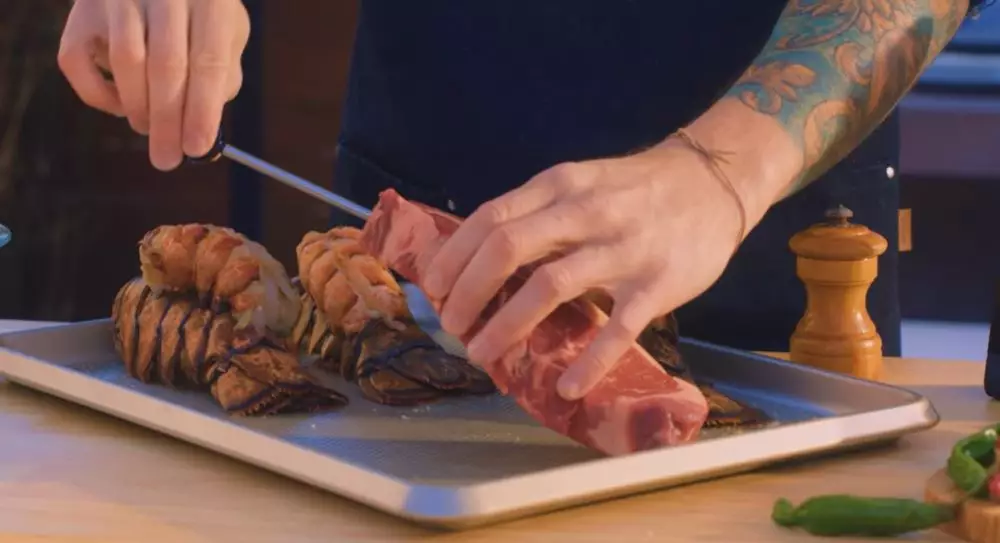
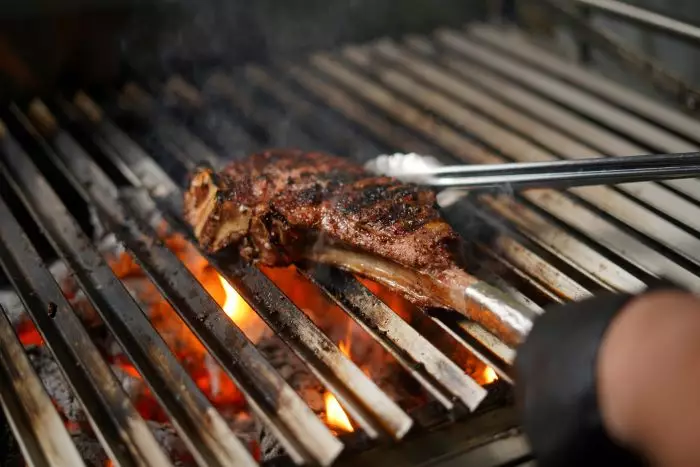
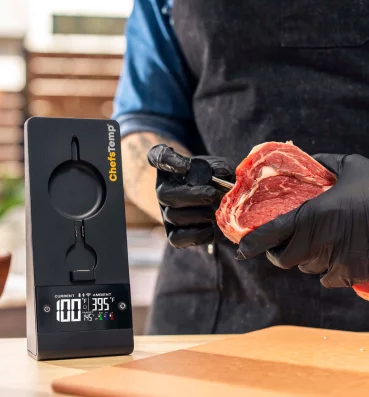
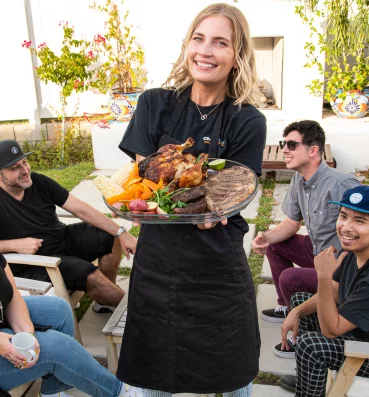
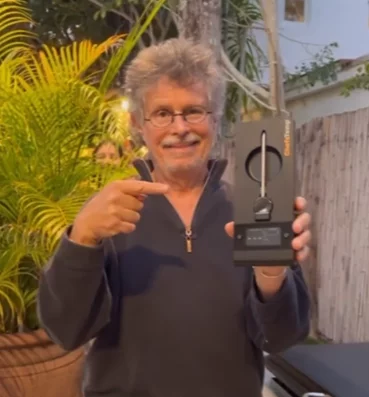
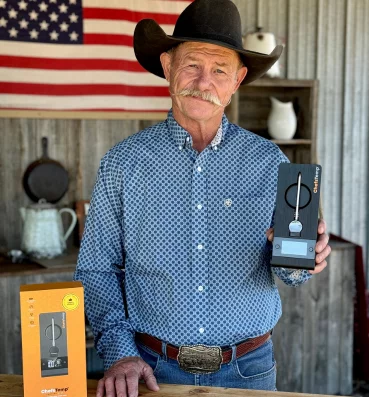
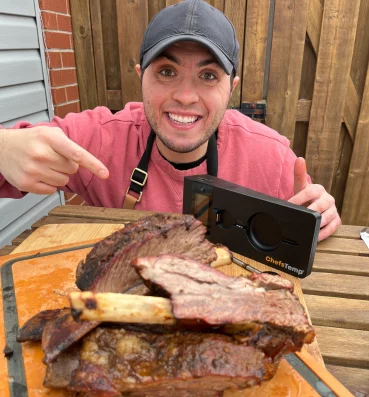
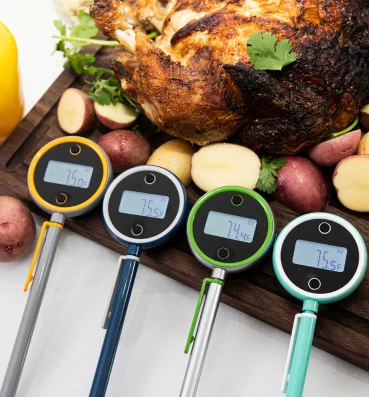
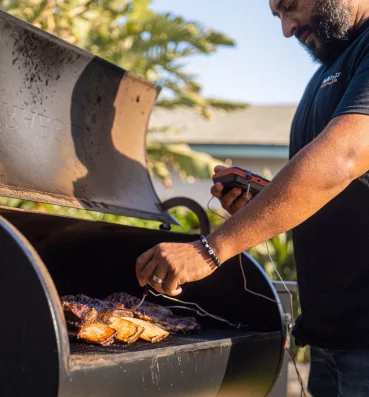
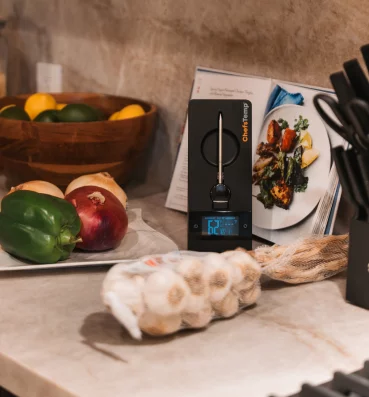

[…] example, the exterior part of the meat will be hotter than the interior. To ensure food doneness, always insert the probe into the center to ensure it is cooked through. If you only measure the […]
[…] requirements) to ensure the destruction of harmful pathogens. Thus, you must only use visual indicators for doneness after the food has reached its safe internal […]
[…] you are cooking fresh beef, pork, lamb, veal, elk, deer, moose, etc., here are the temperatures you need to remember for correct doneness; 160°F (71°C) for medium, while 170°F (77°C) for well […]
[…] most important thing is to check the temperature of the steak using a meat thermometer or BBQ thermometer as per your […]
[…] you prefer a slower grilling process, you can use a leave-in probe thermometer to track the temperature. However, Finaltouch X10 is […]
[…] that food business owners have to think about. In particular, a commercial kitchen must have proper guidelines in place to ensure real-time temperature monitoring of food items and supplies. This is a crucial […]
[…] can, therefore, adjust your cooking times and temperature based on your preferred level of doneness of your tri-tip. Most cooks recommend a slow cooking process for tri-tips at 200 F (104 C). When that is done, you […]